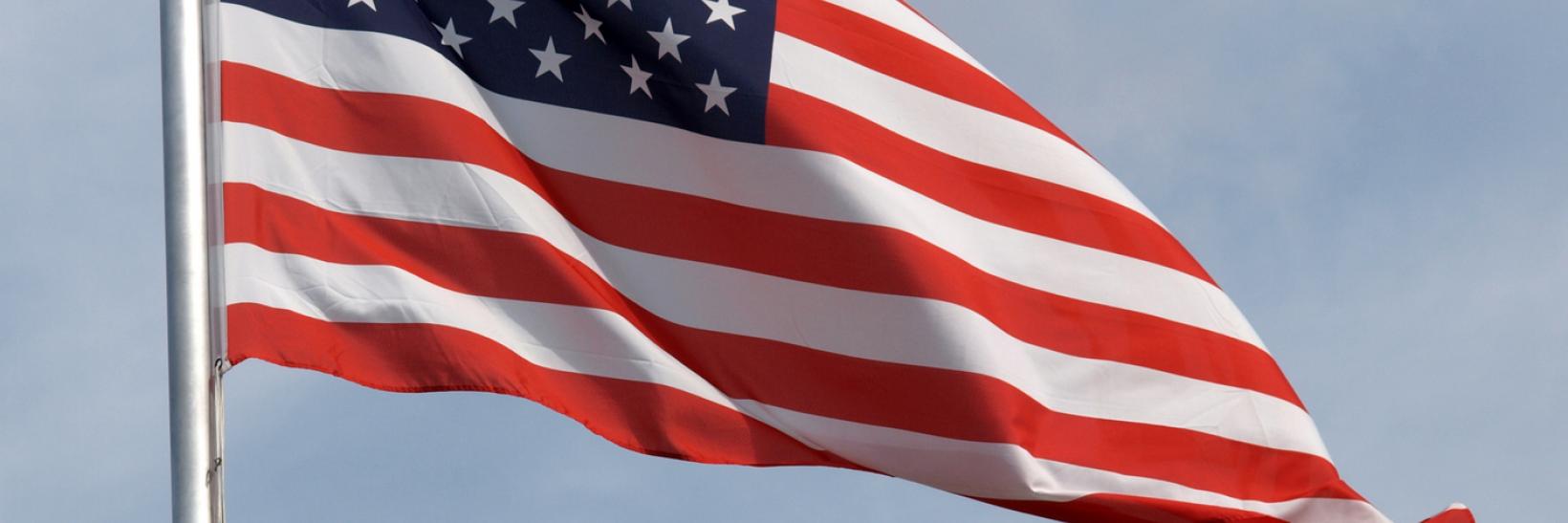
Frequently Asked Questions: Maintaining Your Visa Status with SEVP Webinar
Please note: On May 10, 2016, DHS replaced the 17-month STEM OPT extension with a new 24-month STEM OPT extension. All existing 17-month STEM OPT EADs will remain valid until the EAD expires, is terminated or revoked. For more information about the new STEM OPT rule, please visit the STEM OPT Hub.
The Student and Exchange Visitor Program (SEVP) partnered with EducationUSA and the Institute of International Education to host a webinar on maintaining your student visa status on April 19, 2013. If you were unable to join the webinar, you can watch the recording on this page.
Some of the most frequently asked questions from the webinar are answered below:
Where can I find information about funding my education? What proof of finances does SEVP require?
SEVP does not offer consultation or provide financial assistance for your study in the United States. You may want to contact an EducationUSA advising center to help you in your research.
Before a designated school official (DSO) issues you a Form I-20, “Certificate of Eligibility for Nonimmigrant Student Status,” you must provide documentation showing your ability to pay for tuition and living expenses in the United States. This also may be a requirement as part of the visa application process. Examples of documents that may meet this requirement are a bank statement, a scholarship or graduate assistantship letter or a bank statement from your sponsor.
If you need financial assistance to fund your education, use the application process with the school officials to identify your need to them. In some instances, they may be able to offer supplementary funding, or they may be able to grant you a “work-study” arrangement in which you can earn limited income during your spare time.
What are some of the conditions of OPT?
Optional practical training (OPT) is training with a work authorization to gain experience in your field of study. You can have authorization for 12 months of OPT and up to 17 additional OPT months if the Department of Homeland Security has approved your major as an eligible science, technology engineering or math (STEM) major. You remain in F-1 student status while on OPT, but you maintain status by working, not by studying. You do not have to have a job offer when you apply for regular OPT, but you must have a specific job if you apply for the 17-month extension. You may have up to 90 days of unemployment during the one year of OPT and 30 additional days (for a total of 120 days) if you receive a 17-month extension.
How should I prepare for my visa appointment?
After you have received acceptance to a school, received your Form I-20, and paid the I-901 SEVIS fee, you are ready to apply for a visa. SEVP does not approve or deny visas, so your best resource for questions about the application and interview is the official Department of State Bureau of Consular Affairs website.
Additionally, SEVP recently worked with the Department of State on a blog post that describes the visa process, How to Prepare for Your Visa Appointment.
When may I travel and re-enter the United States during my time as an F-1 or M-1 student?
Talk to your DSO before you leave the United States while you are a student. Generally, you may travel and re-enter the United States any time, but we suggest you limit travel to the following situations as much as possible:
- During your authorized annual vacation (usually summer)
- When school is not in session
- During an authorized leave of absence less than five months
- During approved study or research abroad as part of your program of study
Please remember to carry the following documents and information with you:
- Passport valid for at least six more months with valid visa
- Signed Form I-20: Check page 3 of your Form I-20 to make sure you have DSO approval to travel and that it has not expired. You may not be allowed re-entry without this.
- Emergency contact information for your DSO
- Proof of school enrollment
May I have more than one type of employment as an F-1 student, and what are the limits on employment hours?
Regulations do not prohibit you from having more than one type of employment at a time, such as working both on campus and having curricular practical training if authorized. You may work up to 20 hours per week during a school term, but you may work full-time during breaks and vacations. In all cases, you should keep in mind that your primary purpose when holding F status is to study in the United States, so be careful not to let any work authorizations interfere with that.
Speak with your DSO before you accept any employment to ensure you are authorized and comply with all the related regulations. A DSO who knows you are working without permission must report it and your record can be terminated. That means that you must leave the United States immediately, and you may not be allowed to return. There are many opportunities to work and getting permission is easy. You can learn more on our Working in the United States page.

